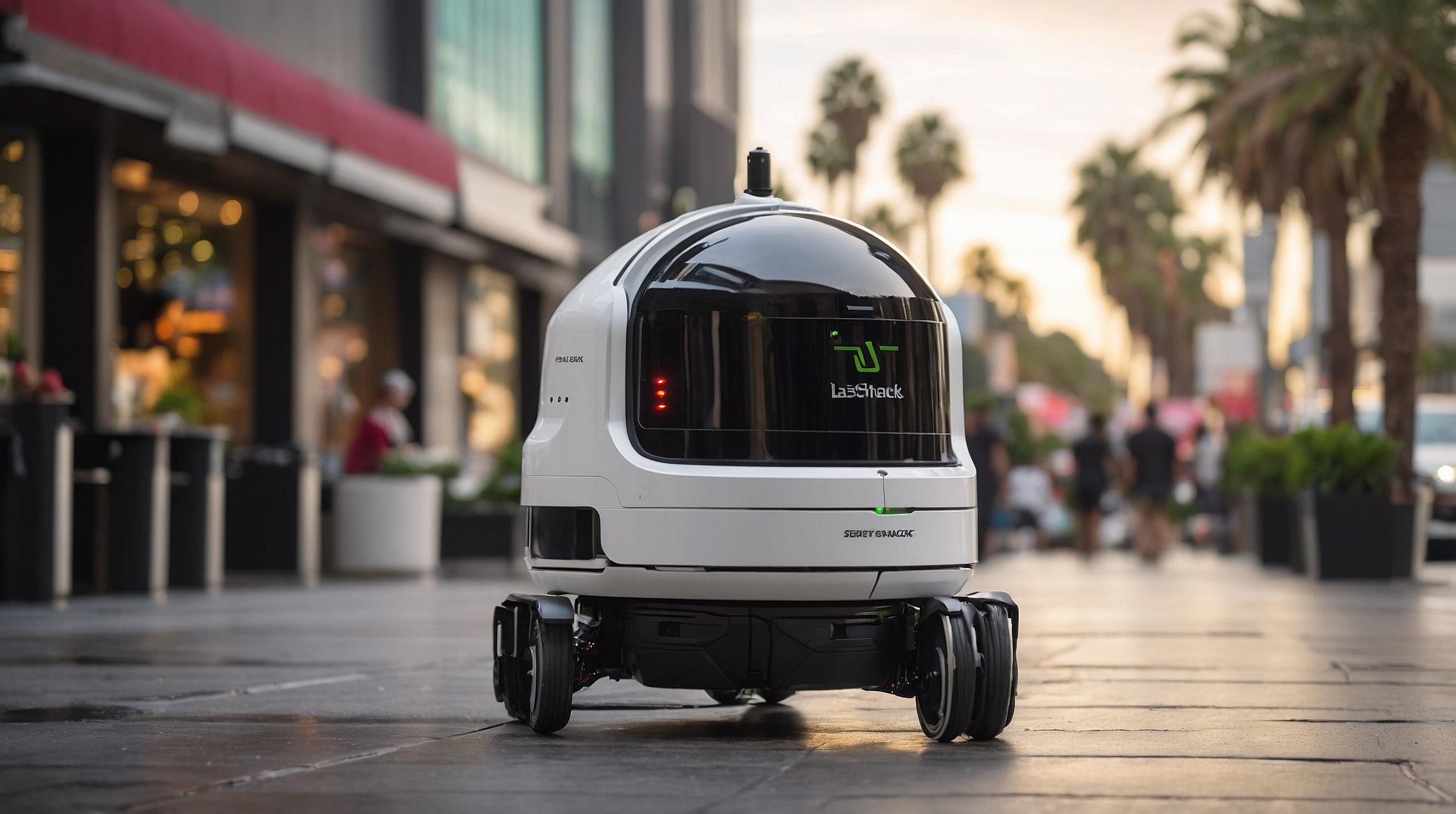Box Introduces Box Automate to Revolutionize AI-Driven Workflow Automation
At its annual developer conference Boxworks, Box unveiled a suite of new AI capabilities anchored by Box Automate, a novel system designed to function as an operating system for AI agents within enterprise workflows. This move reflects the company’s accelerated AI development trajectory, following the launch of its AI studio last year and subsequent data-extraction and research agents earlier in 2025.
Addressing Automation Gaps in Unstructured Data Workflows
Box CEO Aaron Levie outlined the strategic rationale behind embedding AI agents into the company’s cloud content management services. He highlighted a critical automation gap: while structured data workflows such as CRM and ERP have long benefited from automation, processes involving unstructured data—like legal document reviews, marketing asset management, and merger and acquisition due diligence—have remained resistant to automation due to the complexity of interpreting diverse data formats.
Levie explained, “AI agents enable us, for the first time, to unlock automation in workflows dominated by unstructured data, which constitute a significant portion of enterprise work.”
Box Automate: Modular AI Agent Workflows with Built-In Safety
Central to Box’s AI strategy is Box Automate, which segments workflows into discrete tasks that can be individually augmented by AI agents. This modular approach allows enterprises to establish precise guardrails, ensuring agents execute consistently without compounding errors. Levie stressed the importance of defining clear demarcation points within workflows to maintain control and prevent AI agents from deviating unpredictably.
He elaborated, “Our system lets organizations decide the extent of autonomy for each agent, enabling scalable AI deployment across complex business processes while mitigating risks associated with long-running or overly agentic tasks.” Box Automate’s design also addresses inherent AI limitations such as restricted context windows by partitioning workflows and deploying specialized sub-agents.
Balancing Model Complexity and Reliability
Levie acknowledged the ongoing industry debate between leveraging large, powerful foundation models versus smaller, more reliable ones. Rather than favoring a specific approach, Box has engineered its platform to be model-agnostic and future-proof, allowing enterprises to seamlessly adopt improvements in AI capabilities as they emerge.
Ensuring Data Security and Governance in AI Deployments
Given the sensitivity of enterprise data, Levie emphasized Box’s commitment to robust access controls and data governance. He cautioned against simplistic AI implementations that risk exposing unauthorized information, noting that Box’s decades-long experience in secure content management underpins its ability to enforce strict permissions at the agent level.
“When an AI agent responds to a query, it can only access data the user is authorized to see,” Levie said, underscoring the platform’s foundational security features.
Strategic Positioning Amidst Foundation Model Competition
In response to emerging capabilities from foundation model providers like Anthropic, which recently introduced file-upload features to Claude.ai, Levie stressed Box’s differentiated value proposition. Enterprises require comprehensive solutions encompassing security, flexible AI model integration, powerful APIs, and user-friendly interfaces—capabilities Box integrates natively into its platform.
Levie concluded, “Our architecture supports multiple AI models and evolving agentic capabilities, ensuring customers are not locked into a single provider but gain a secure, scalable AI ecosystem tailored to their needs.”
FinOracleAI — Market View
Box’s introduction of Box Automate positions the company at the forefront of AI-driven workflow automation, particularly in the challenging domain of unstructured data. By focusing on modular AI agents with strong security and governance, Box addresses key enterprise concerns around reliability and data privacy. The platform’s model-agnostic architecture reduces vendor lock-in risk, appealing to organizations seeking flexibility amid rapid AI advancements.
However, competition from large foundation model providers and evolving AI capabilities remain risks. Market participants should monitor Box’s adoption rates and integration success within enterprise workflows to gauge its competitive resilience.
Impact: positive













